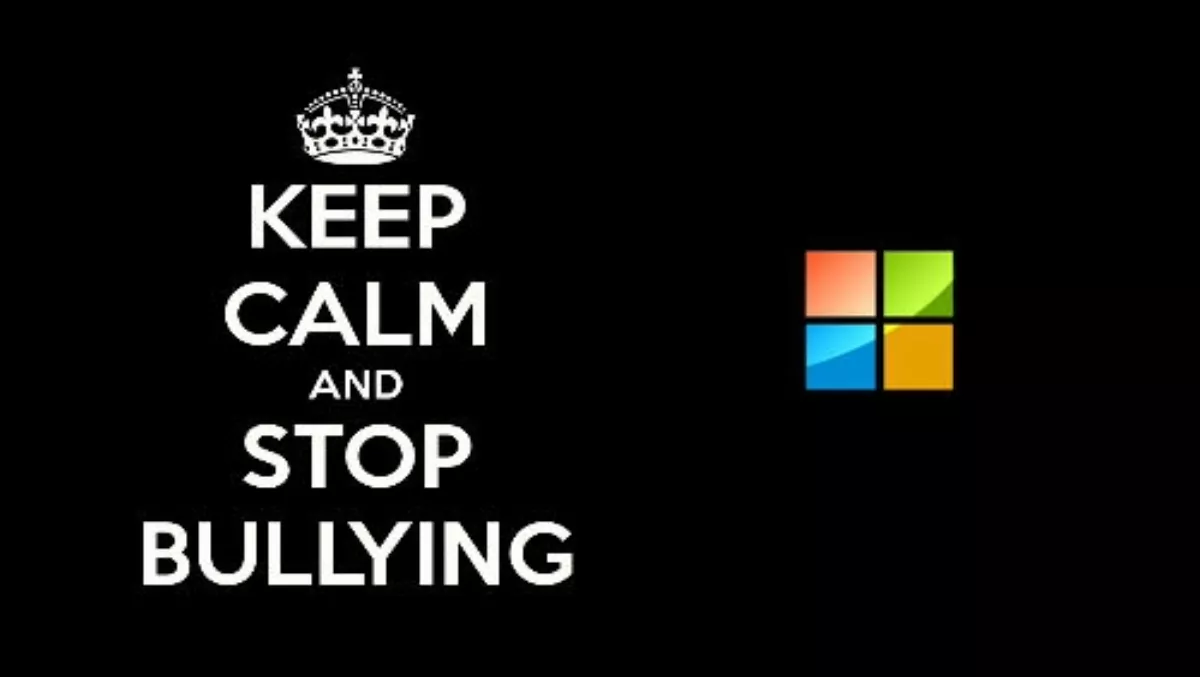
NZ assignment opens Microsoft's eyes to online bullying
For many, including Delight Roberts, online safety issues and concerns may well be universal but they have geographical relevance.
Returning to Redmond following seven weeks on temporary assignment to New Zealand online safety organisation Netsafe, Microsoft’s Senior Online Safety Strategist of Trustworthy Computing has reported some revealing findings.
“What I heard time and again from colleagues, parents, regulators and the general New Zealand public was that online bullying and the effects of harmful online content are concerns this island nation shares with many others (parents, consumers) across the globe,” writes Roberts, via an in-depth Microsoft blog post.
But while “kids, parents and regulators” across the country have seen the effects of harmful online content, Roberts was quick to praise New Zealand’s lawmakers for its ability to take action, and fast.
“One striking characteristic of the New Zealand Parliament is its ability to move and quickly pass new legislation,” writes Roberts, who operates as a policy strategist working on children’s privacy and safety policy at Microsoft.
“Regulators can, if they wish, introduce a bill in the morning and enact it into law that same day.”
Working in an open room, Roberts was privy to many calls NetSafe received from local consumers, asking for online safety and security advice and guidance.
“Indeed, NetSafe is New Zealand’s “9-1-1” hotline for all things computing-device and Internet-related," she says.
“From these and other interactions, I deduced the most pressing Internet safety issues: online bullying and harmful content.”
But Roberts believes New Zealand is not alone in its struggles, with online bullying and harms caused by damaging user-generated content.
As a consequence, Microsoft has recognised that these issues have been-and remain-top of mind for internet users.
“We define online bullying as the use of electronic technology to demonstrate behaviour that taunts, demeans or harasses someone less powerful,” Roberts adds.

Selfies...
Another issue discussed broadly in New Zealand was “selfies”-not the photos you might take of yourself while out with friends at a restaurant or party, but those that young people take of themselves in various stages of undress and send to boy/girlfriends, writes Roberts.
A 2012 study by the UK Internet Watch Foundation showed that 88.15 percent of such self-generated content had migrated to commercial sites.
“I was aware of this statistic, but part of me couldn’t believe it,” Roberts claims. “Then, I started discussing it with my NetSafe colleagues, who shared anecdotes from consumer calls and interactions with parents, teachers and students.
“In one jaw-dropping tale, they told me a student approached a NetSafe presenter after an in-school presentation by NetSafe on the dangers of taking and sharing selfies.
“The student said NetSafe “had it all wrong,” and completely missed the boat.
“Rather, the 16-year-old said that when he was interested in a girl, he surveyed his friends to see who had a naked picture of her and looked at the picture before deciding whether to ask her out.
“While shocking to me, my NetSafe colleagues were unmoved; they’d heard this refrain countless times before.
“Conversations yielded similar stories from regulators, educators and law enforcement in both New Zealand and Australia.”
In the eyes of Roberts, these engagements provided a unique, “on-the-ground” global perspective not usually found in day-to-day work back in the office at Redmond.
“As we continue to think about online safety issues, my time in New Zealand reminds me that these issues span the globe-and that some things, like wanting a safer Internet, are a universal goal,” Roberts adds.

